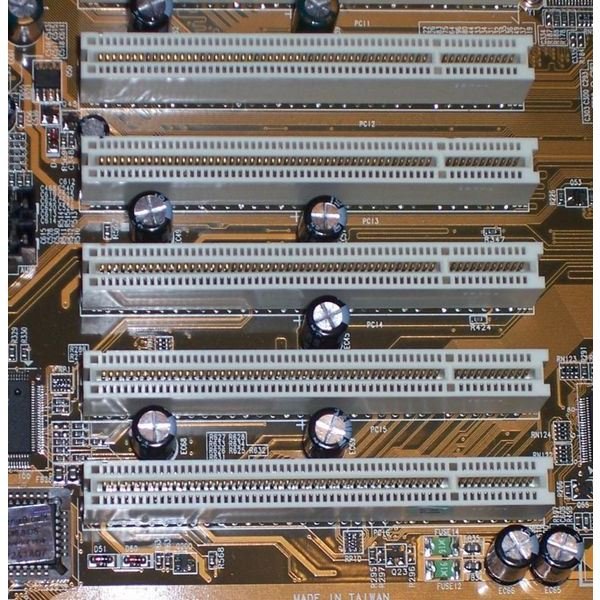Different Expansion Slots
Summary :
PCI expansion slots also support two different widths: 32 bits, and 64 bits. The 64 bit motherboard connector is longer than a 32 bit connector. Most PC motherboards come with 32 bit slots but some come with 64 bit slots. A 32 bit PCI expansion card will work fine in a 64 bit slot. Different Types Of Expansion Slots That Can Be Used In A Computer, what is blackjack switc, judi casino singapore, craps betting strategy press 776 Lucky Red Casino - Saturday bonus.

What is the expansion slot and what can it be used for? If you want to find the answers, then you should read this post carefully. In this post, MiniTool has gathered much information about it, and you can know different types of expansion slots.
Introduction to Expansion Slots

Definition

Expansion Slots Agp
To begin with, let’s get some information about the expansion slots definition. Expansion slots are also called bus slots or expansion ports, which refers to any slot on the motherboard that can accommodate expansion cards to expand computer capabilities, such as video cards, network cards or sound cards.
For example, if you want to install a new video card in your computer, you need to purchase a video expansion card, and then install the card into a compatible expansion slot. Depending on the form factor of the case and motherboard, the computer system usually has one to seven expansion slots.
Related post: 6 Best X570 Motherboards Paired with the Ryzen 3000 CPU
Types
After knowing the expansion slots definition, this section is going to talk about the different types of expansion slots. Over the years, you can find these expansion slots: PCI, AGP, AMR, CNR, ISA, EISA, and VESA, but the most popular expansion slot today is PCIe. Although some newer computers still have PCI and AGP slots, PCIe has replaced all older technologies.

Related post: What Is PCIe SSD & How to Upgrade to PCIe SSD (2020 Update)
Different Types Of Expansion Slots
ePCIe or External PCI Express is another expansion method, but it is an external version of PCIe. In other words, it requires a specific type of cable that extends from the motherboard to the back of the computer and connects to ePCIe devices.
The expansion slots have so-called data lanes, which are signaling pairs for sending and receiving data. There are two wires in each pair, so there are four wires in a lane. Lanes can transmit 8 bits of packets in either direction at the same time.
Since PCIe expansion ports can have 1, 2, 4, 8, 12, 16, or 32 lanes, they’re written with an “x” (for example, “x16”) to indicate that the slot has 16 lanes. The number of lanes directly relates to the speed of the expansion slots, which is why video cards are usually built to use x16 ports.
Other Things About Expansion Slots
- Each computer motherboard is different. To know how many computer expansion slots there are on the motherboard, please find the manufacturer and model of the motherboard. After determining the motherboard model, you can find complete information about the motherboard in its manual.
- Adding additional expansion slots to the old motherboard can be done by using a riser board, which will add multiple ISA or PCI slots. Nowadays, riser boards are rarely used with motherboards because modern motherboards have limited demand for additional expansion slots.
- Laptop computers don’t have the same expansion slots as desktop computers. However, some laptops do have a PC card that can be inserted into the side of the laptop. They may also have a Cardbus slot for adding ExpressCard

Difference Between Expansion Slots And Ports
Bottom Line
Expansion Boards
In conclusion, this post is mainly talking about expansion slots, so you can know its definition and different types. What’s more, you can know some other important things about expansion slots.